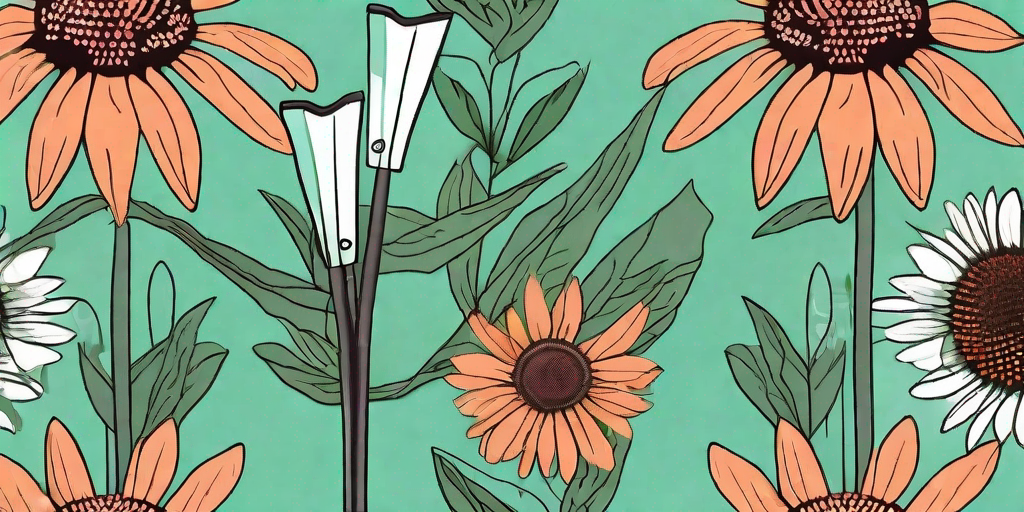
Echinacea, the purple coneflower, is more than just a pretty face in your garden. This spiky, vibrant beauty is a powerhouse of medicinal properties, known for its immune-boosting abilities. But how do you go from admiring its petals to brewing your own echinacea tea? Buckle up, green thumbs, it's time to get your hands dirty and learn how to harvest echinacea like a pro.
Understanding Echinacea: A Brief Overview
Before we dive into the dirt, let's take a moment to appreciate the wonder that is echinacea. Native to North America, this perennial plant has been used for centuries by indigenous tribes for its healing properties. Today, it's a popular ingredient in many over-the-counter cold and flu remedies.
There are nine species of echinacea, but the most commonly used for medicinal purposes are Echinacea purpurea, Echinacea angustifolia, and Echinacea pallida. Each part of the plant - the roots, leaves, and flowers - has its own unique set of benefits. But enough with the botany lesson, let's get to the fun part!
When and How to Harvest Echinacea
Timing is Everything
The first rule of harvesting echinacea is knowing when to do it. Harvest too early, and you'll miss out on the plant's full medicinal potential. Harvest too late, and well, you've got a bunch of wilted flowers on your hands.
The best time to harvest echinacea is in the late summer or early fall, when the plants are in full bloom. The flowers should be vibrant and the leaves lush and green. As for the roots, they're best harvested in the fall after the first frost, when the plant's energy has gone back into the ground.
The Art of Harvesting
Now that you've got your timing down, it's time to get to work. Harvesting echinacea is a simple process, but it does require a bit of finesse. Here's a step-by-step guide:
- Start by choosing a healthy, vibrant plant. Look for bright flowers and lush leaves.
- Using a sharp pair of garden shears, cut the flower heads and leaves from the plant. Be sure to leave some flowers behind for the bees!
- For the roots, you'll need a garden fork. Carefully dig around the base of the plant, then lift the root out of the ground.
- Once you've harvested your echinacea, it's time to dry it. Spread the flowers, leaves, and roots out on a screen or drying rack in a well-ventilated area away from direct sunlight.
Preserving and Using Your Harvest
Once your echinacea is dry, it's time to store it. Keep your dried echinacea in airtight containers in a cool, dark place. It can be used to make teas, tinctures, and salves, or even added to soups and salads for a health boost.
Remember, echinacea is a powerful plant, so use it sparingly. A little goes a long way!
Common Questions About Harvesting Echinacea
Can I harvest echinacea in the spring?
While it's possible to harvest echinacea in the spring, it's not ideal. The plant's medicinal properties are at their peak in late summer and early fall, so it's best to wait until then for the most potent harvest.
How do I know if my echinacea is ready to harvest?
Your echinacea is ready to harvest when the flowers are vibrant and the leaves are lush and green. The roots should be harvested after the first frost in the fall.
Can I use fresh echinacea?
Yes, fresh echinacea can be used, but it's typically dried first to concentrate its medicinal properties.
Conclusion
There you have it, folks! A crash course in harvesting echinacea. With a bit of patience and a pair of garden shears, you'll be well on your way to brewing your own echinacea tea in no time. So roll up your sleeves, get out there, and get your hands dirty!















